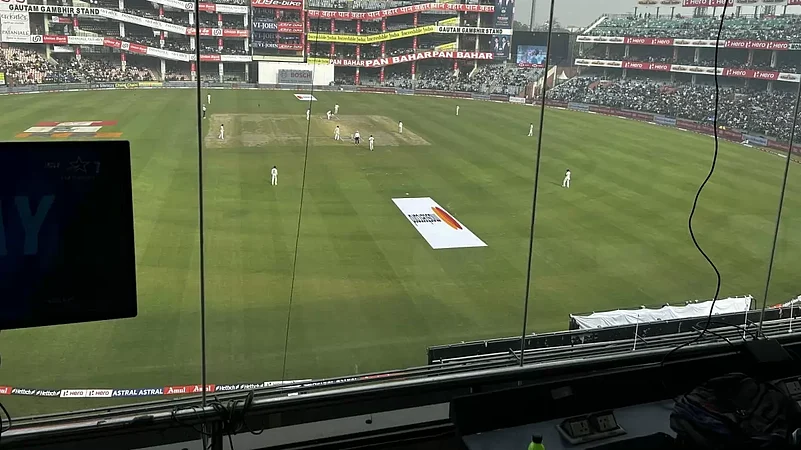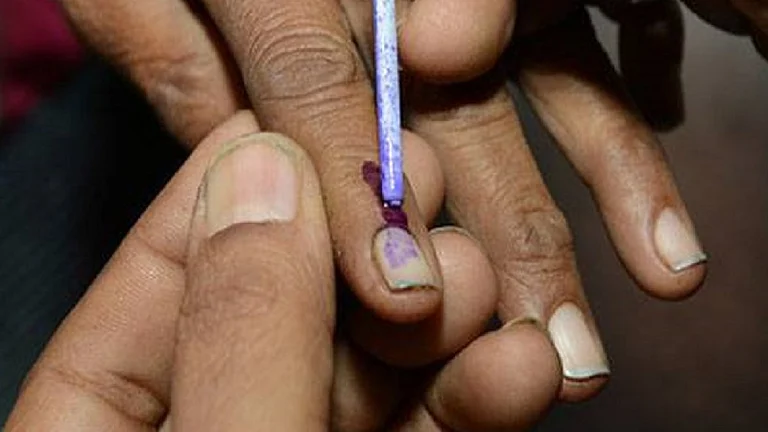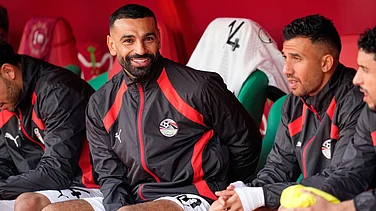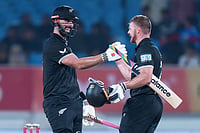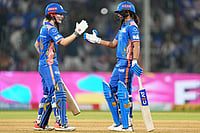“Copy!”
A sweat-soaked reporter would shout in the hot, open-air press box of the Chepauk Stadium in Chennai. A sweat-soaked volunteer would then collect the pages and rush them down to the communications centre. The copy, by now stained by human perspiration, would then be telexed to a newspaper office thousands of miles away.
This was the experience of journalists covering India-Australia battles in Chennai in the 1980s, as reported by Australian writer Mike Coward. It sums up what media coverage has meant for cricket. For all its faults, the media helped spread the gospel of the game. It did so through newspapers, magazines, radio and television. Journalists, commentators, photographers and cameramen were the original content creators. Cricket is wealthy and powerful today. It now suffers the media - its grubby childhood friend - more than welcomes it. But this old friend still has his place in the scheme of things, although in a more complex way.
So no discussion on cricket travel can be complete without the experiences of journalists and content creators. They are widely travelled. They have an understanding of the game, human nature and different cultures. There is a wealth of stories they have to tell.
Old Monk for Viv
Marathi columnist and digital content creator Sunandan Lele combines cricket, food and travel in his dispatches. He also cooks and has a way with people. On tours, players sometimes gather at Lele’s room in the evening for home style food and breezy conversation. Cricket is not discussed. That is one rule. The other, according to Lele, is, “I will cook, but you have to do the washing and clearing up, even if you are Dhoni or Tendulkar. And so far no one has objected.”
Along with the plug-in rice cooker that Lele carries everywhere, he often takes small gifts for players and media accreditation officials. His personality is such that the gifts are received with warmth, and not seen as gauche attempts to please. Lele has gifted Kolhapuri chappals to Shoaib Akhtar and Steve Smith. He always carries Old Monk rum for Viv Richards. Apparently, the OG of Swag loves it. “He is generous with the rest of his bar, but never the Old Monk,” Lele says.
Asked what the biggest charm of cricket travel is, Lele says, “It’s the opportunity of watching the game in person. You may have a Rs 25 lakh audio system at home on which to listen to Bhimsen Joshi. Or you can buy a cheap ticket for the Sawai Gandharva festival, sit cross-legged on the ground and listen to him in person. Only in one scenario are you a part of the real mehfil. Same goes for cricket tours.”
Yes, Lele is a Punekar, as you might have guessed.
Train to Pakistan
Ayaz Memon’s arrival in cricket journalism was as sweetly timed as a Virat Kohli drive. It was just a few months before India won the 1983 World Cup. Besides, it coincided with the beginning of a great era for print and television media. As a result of that, and of his writing ability and access to players, Memon covered nearly all of India’s cricketing milestones in the modern era – from the 1983 World Cup to Sachin Tendulkar’s final Test, and more.
But it all started with a train to Pakistan. Memon was covering the 1982 Asian Games in Delhi, and from there was sent to report the India-Pakistan cricket series in Pakistan. On a shoestring budget, he did the entire tour by road. Delhi to Amritsar by train. Across the Wagah Border on foot. And then by train and bus in and around Pakistan.
“It was a three-month tour, so I was carrying current affairs and film magazines with me to keep me entertained,” says Memon. “But at the Wagah border they confiscated the current affairs magazines and kept the film ones for their own reading. I also remember that after one of the Test matches, the umpires were on
the same train as us. They were keen to know how we rated their officiating, even though Pakistani umpires had the reputation of favouring the home team.”
Travel sharpened Memon’s cricketing perspective. During India’s tour of the West Indies in 1989, Memon, along with Dilip Vengsarkar and Sanjay Manjrekar, visited Subhash Gupte, the former Indian legspinner who had made the Caribbean his home. Memon knew about Gupte, of course. But he was before his time, and it was only through his interactions with Gupte’s contemporaries, such as the great Garfield Sobers, that he understood just how good Gupte was.
“In fact, when Sobers gave a talk in Mumbai during the 2011 World Cup, he said the greatest legspinner he had seen was Subhash Gupte, not Shane Warne,” says Memon.
Respect for seniority
Travelling helps cricket media understand the nuances of dealing with players. Gaurav Kapur, former Channel ‘V’ VJ and now host of IPL telecasts and the YouTube show ‘Breakfast with Champions’, has worked and socialized with cricket’s biggest names all over the world. He knows he can be ‘one of the boys’ with some, like his friends Ajay Jadeja, Zaheer Khan and Ashish Nehra, but has to bow to seniority. Especially in serious matters like partying.
“I’ve never felt any player-media pecking order when dealing with players, but what I have seen is [respect of] seniority,” says Kapur. “There is a certain way I will act with Ravi Shastri. There is a certain way I will act with Ajay. If Ajay, Ashish, Zak and I have to decide where to go in the evening, we’ll debate about it. But there are times when Ravi sends us a message (imitates Shastri’s booming voice), ‘I’m here, guys, let’s go’. And we all go marching to whatever place he has picked.”
Kapur is well-known in his own right and fraternized with players from his Channel ‘V’ days. And he is not a professional newsman that players would be wary or dismissive of. “In fact, as a presenter, my job is to make them look good on telecasts,” he says. All these reasons help him be friends with the stars. Besides, he knows when to give cricket personalities space, and himself too. Kapur deliberately takes on work outside of cricket. Being too involved in one world, he feels, has its complications.
“Any world that you get too embroiled in comes with its politics,” he says. “That’s why I like doing three-four different things.”
Manna Dey in Melbourne
Vikram Sathaye is another name who is at the crossover of cricket and entertainment. In his youth, he was temporarily caged in a marketing job, but word got around of his ability to impersonate cricketers. He soon made a mark as a cricket comic and it became his career. Sathaye has a successful YouTube cricket show under his belt and also hosts cricket events, such as the launch of the Gujarat Titans. He is also a regular on cricket tours.
Behind Sathaye’s professional avatar as a comic lies a true lover and student of sport. And he feels players appreciate that.
In 2011, Tendulkar was feeling low after India’s defeat in the first Test against Australia in Melbourne. He had gotten out in the final over of Day Two on 73, denying India a chance to seize momentum. There also was the matter of his 100th century, which had become a heavy cross to bear.
Just a day after a loss is not usually the time to bring up a setback unless it’s a press conference. But Sathaye knew Tendulkar well enough to broach the subject. They were unwinding at a local vineyard, and Tendulkar proceeded to give a ‘satsang’ – press box lingo for pearls of wisdom - on the importance of winning sessions in a Test match, of fighting the complacency that the lengthening shadows of evening create. Just one lax moment on Day Two can mean defeat on Day Five.
“When you develop a certain amount of trust with a player, if he sees this guy is interested in the game, he will speak about it [even after a painful loss],” Sathaye says.
It’s important to gauge a player’s moods and nature, he feels.
“You have to understand personalities,” Sathaye says. “Tendulkar loves to talk cricket, Yuvraj Singh doesn’t. MS Dhoni likes to discuss the mind. He is an astute observer of human nature.”
Work aside, there simply is the joy of travel that cricket journalists savour. Sathaye, Lele and Harsha Bhogle often stay together on tours. They are friends with similar interests, such as old Hindi songs. Banter is constant. “Harsha is the meticulous one, so we call him ‘Istri’ (iron),” says Sathaye. Tasks are divided, and when evening settles on the Yarra, or the Thames, or wherever they are, Manna Dey comes on and the wine is uncorked.






